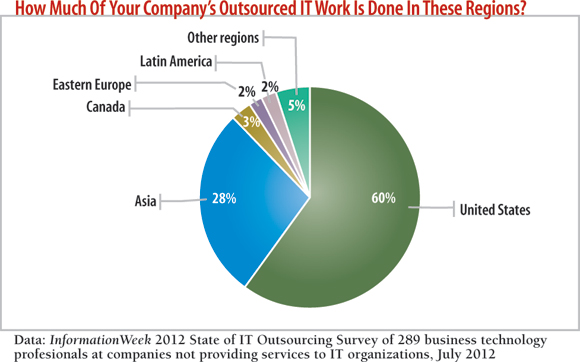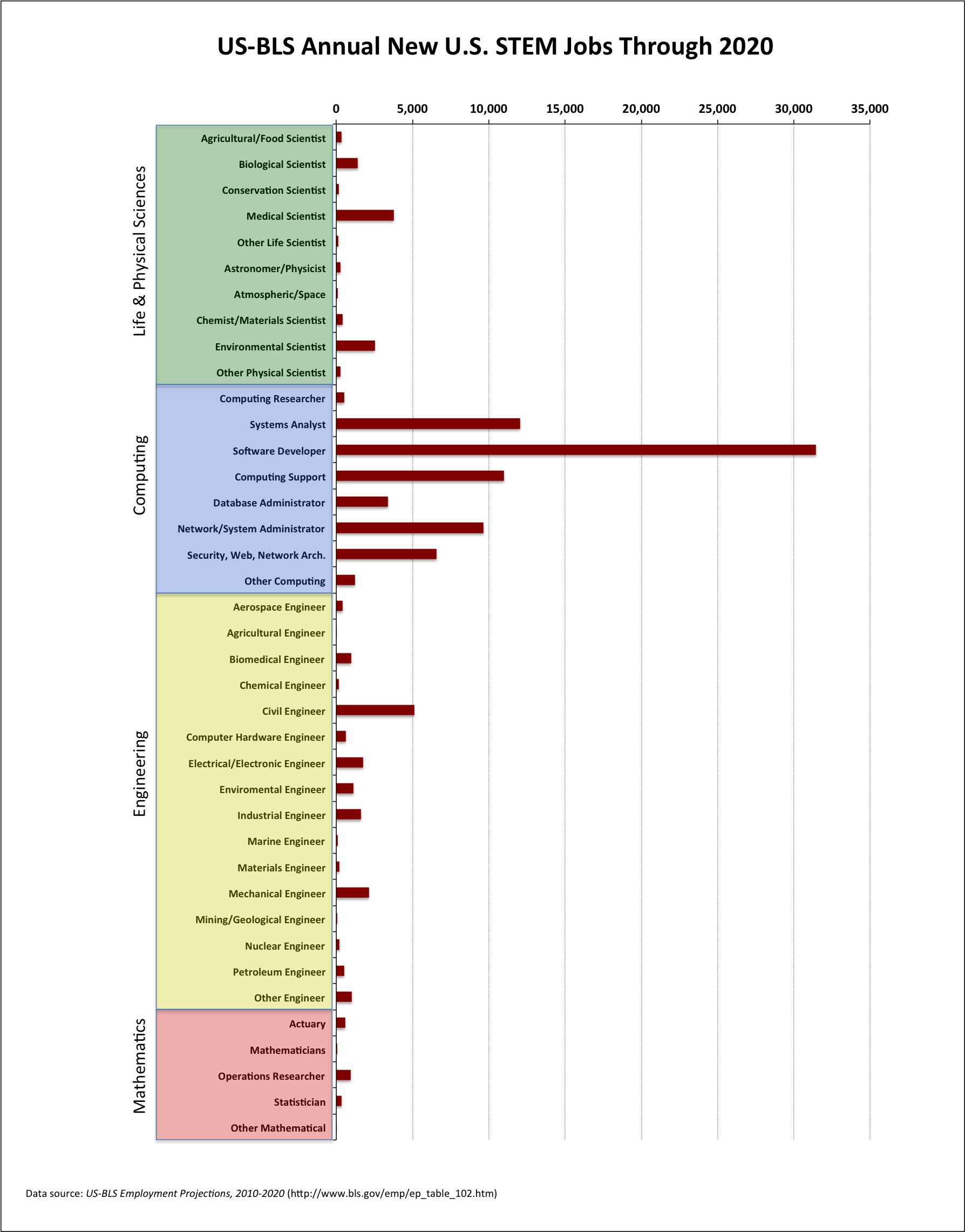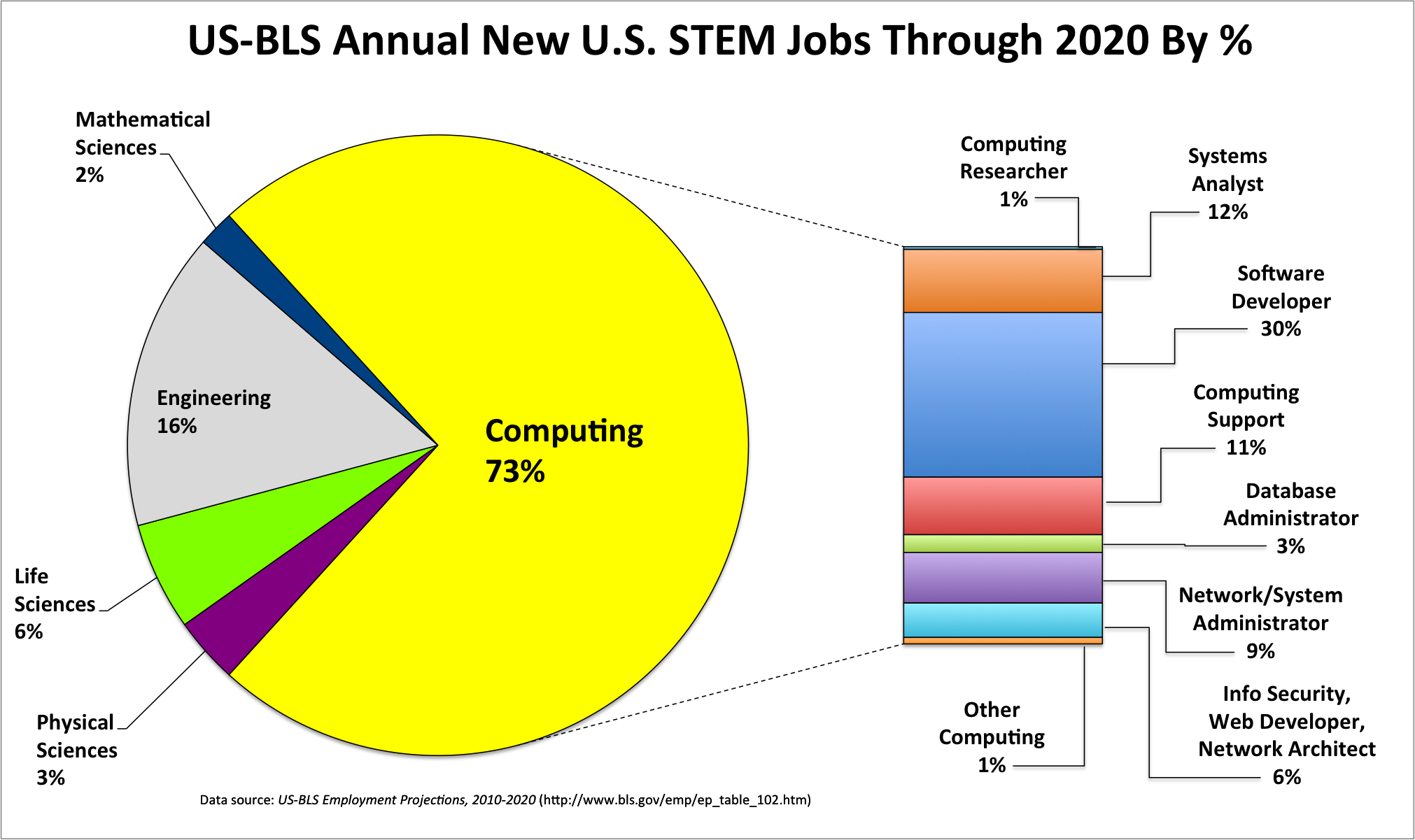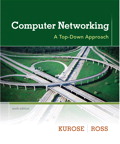There are lots of myths about computing careers. One of the most ridiculous is the myth that all the computing jobs are going overseas. According to this recent Information Week article, the majority of the work that U.S. companies are “outsourcing” is actually going to companies here in the U.S., as can be seen in this chart from that article:
via Calvin College – Computer Science – The Market For Computing Careers.
You can read more about it in the Communications of the ACM January 2014 article by Joel C. Adams, “Hot Job Market for Computer Science Graduates“, following Guzdial’s discussion of MOOCs. In particular, an extract from this article:
This data suggests on average, there will be 97,000 more U.S. computing jobs than graduates each year, a shortfall that even the current H1B Visa Quota is insufficient to address. To meet this decade’s demand with homegrown talent, U.S. colleges and universities would need to produce 3.5 times as many computing graduates per year as they did in 2008. The Taulbee Survey data has shown modest increases in computing graduation rates the past two years at Ph.D.-granting institutions, but the observed increases do not come close to addressing the projected demand.
Companies seeking U.S. computing professionals will thus be competing with other companies for a limited supply of personnel. We are already seeing this competition, as many of our students are receiving multiple internship offers, and many of our graduates are receiving multiple job offers. The US-BLS projections suggest this competition will likely increase this decade.








